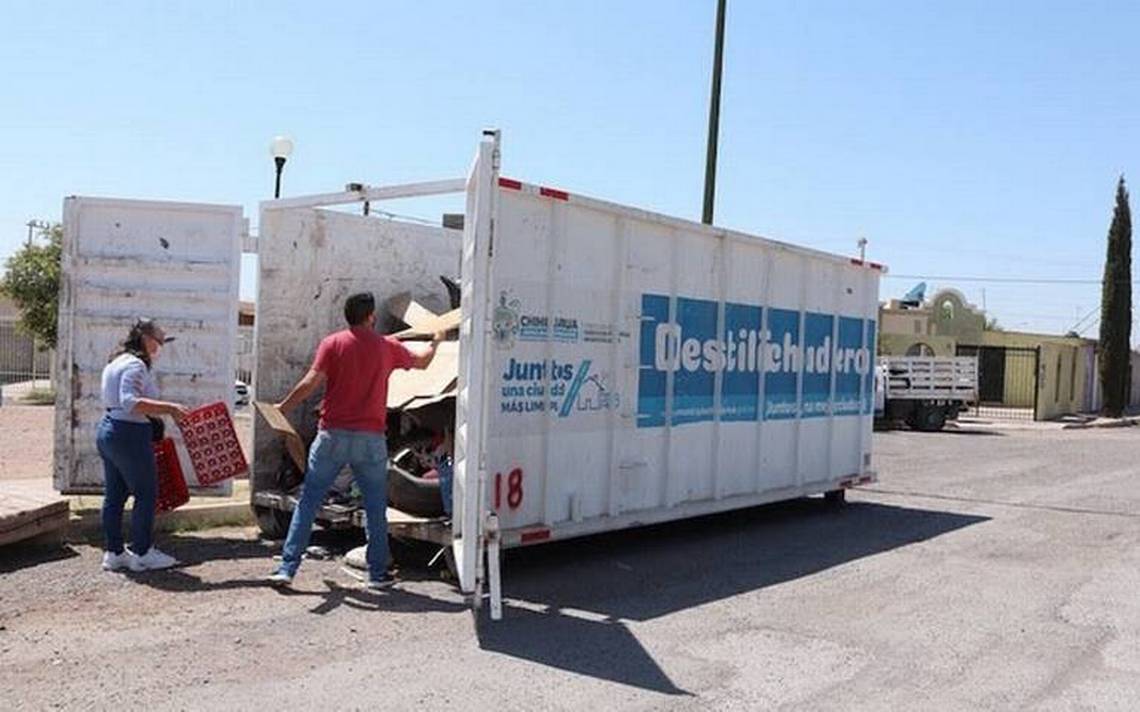We published this story on Yahoo en Español on April 5, 2023. We are showing it again to our users because it appeared Among the most viewed and commented Our site is available throughout the year.
to Elon Musk Problems pile up. To his disastrous management of Twitter –The company with which it has currently lost $20,000 millionThe fact that he is no longer the richest man in the world is now accompanied by a new setback: the crash of his company SpaceX's new Starlink satellites.
It's been just over a month since SpaceX launched 21 miniature versions of its next-generation Starlink satellites, but it appears that one of those tiny satellites couldn't stay in orbit much longer.
According to GizmodoStarlink satellite 30062 reentered Earth's atmosphere Monday at 4:50 a.m. ET off the coast of California, according to a tweet from Jonathan McDowell, a Harvard-Smithsonian astrophysicist who monitors SpaceX's internet satellites. It is very likely that the satellite burned up while returning to Earth.
McDowell noted on Twitter that three of the Starlink V2 Minis were raising their altitudes in an attempt to reach their designated operational orbits, while one underwent a controlled deorbiting maneuver. Other observers have also been following the V2 Minis since launch, including SpaceX's unofficial guide Starlink insidewhich monitored the satellite's path out of its orbit before it re-entered.
Three Starlink V2Mini satellites (30058, 30042, 30051) have resumed orbit raising, while Starlink 30062 re-entered at 0850 UTC on April 3 off the coast of California pic.twitter.com/viv6daE4Gv
-Jonathan McDowell (@planet4589) April 3, 2023
Last month, Starlink Insider was one of the first to notice that the newly launched satellite constellation was slowly declining instead of rising. In response to speculation about the V2 Mini's status, SpaceX CEO said: Elon Musk took to Twitter to explain that the satellites are “having some problems” and that some will be deorbited while others will continue to undergo testing. The recently expensive V2 Mini could be the first of its kind, but at the moment it is not known for sure.
SpaceX launched 21 next-generation Starlink satellites aboard a Falcon 9 rocket on February 27. The company calls them V2 Minis, because they're miniature versions of next-generation Starlinks. The V2 Minis are intended to help SpaceX increase the capacity of its massive internet constellation, covering growing demand for Starlink so the company can launch batches of full-sized next-generation satellites.
However, to do this, SpaceX needs to see its team taking to the skies. Heavy spacecraft rocket. The Falcon 9 rocket, which is currently operational, is not designed to carry next-generation satellites, which prompted SpaceX to create these smaller versions. SpaceX was scheduled to launch a second batch of V2 Minis last month, but it's unclear where the company stands with its mini-satellites.
This is how Starlink works
Starlink is a satellite internet service developed by Elon Musk's company SpaceX. The idea of this project is to place thousands of satellites in orbit to deliver the Internet to every corner of the planet, including rural areas with less coverage.
Starlink has brought 175Mbps internet to rural areas, and some say it's a 'game changer forever'
The idea of Starlink is to have about 12,000 satellites in orbit, and you can then pay a monthly fee to connect from anywhere to the device you have. The idea is also not to compete with fiber or 5G communications, but rather to complement both offerings with your own.
There are also other satellite communications companies today, almost always focused on rural environments. Starlink is also trying to launch there, trying to provide service in those areas that are difficult to reach for fixed networks, and where mobile network coverage doesn't reach well either.
Starlink consists of a kit that you have to install in your home to receive the signal from satellites, so it is not a network that you will be able to connect to from your mobile phone, but rather for your home. It is also not something that will replace home communications, because with such high latency it would be impossible, for example, to use online video games effectively.
So, it is a network designed for those geographic areas where fiber does not reach, and 5G connections are short. In these cases, you will have the option of choosing this other alternative.
More news that may interest you:
You may also be interested | On video
Watch SpaceX launch 22 Starlink satellites from Cape Canaveral




